Yes. I'm on latest everything with passthrough working.
It's the thumbstick placement that I'm struggling with. I never used the "old" way but when I move to each corner and place a point things are much better but there's one corner i can't physically get to.
And then i struggle to close the loop. It seems really sensitive to the exact placement and i end up with three micro walls just trying to click on the starting point.
My ideal workflow would be to really roughly set the walls out and then adjust them until it looked right.



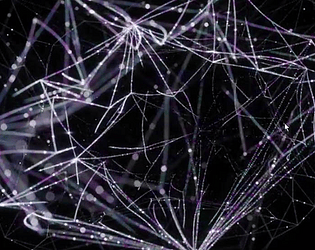
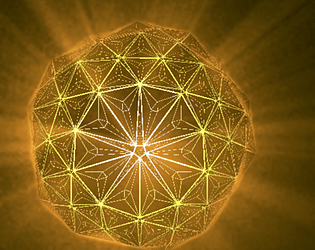
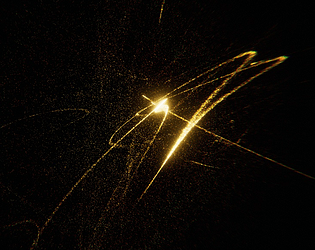
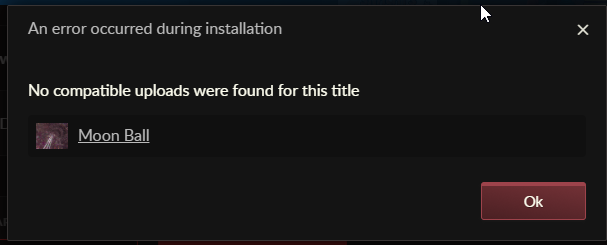
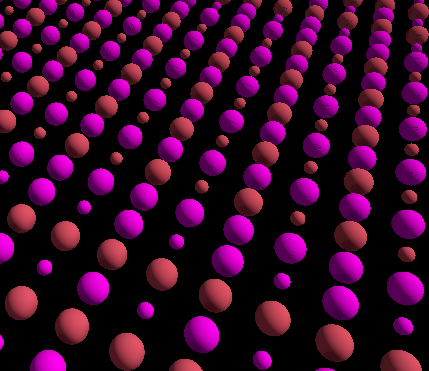 #
#